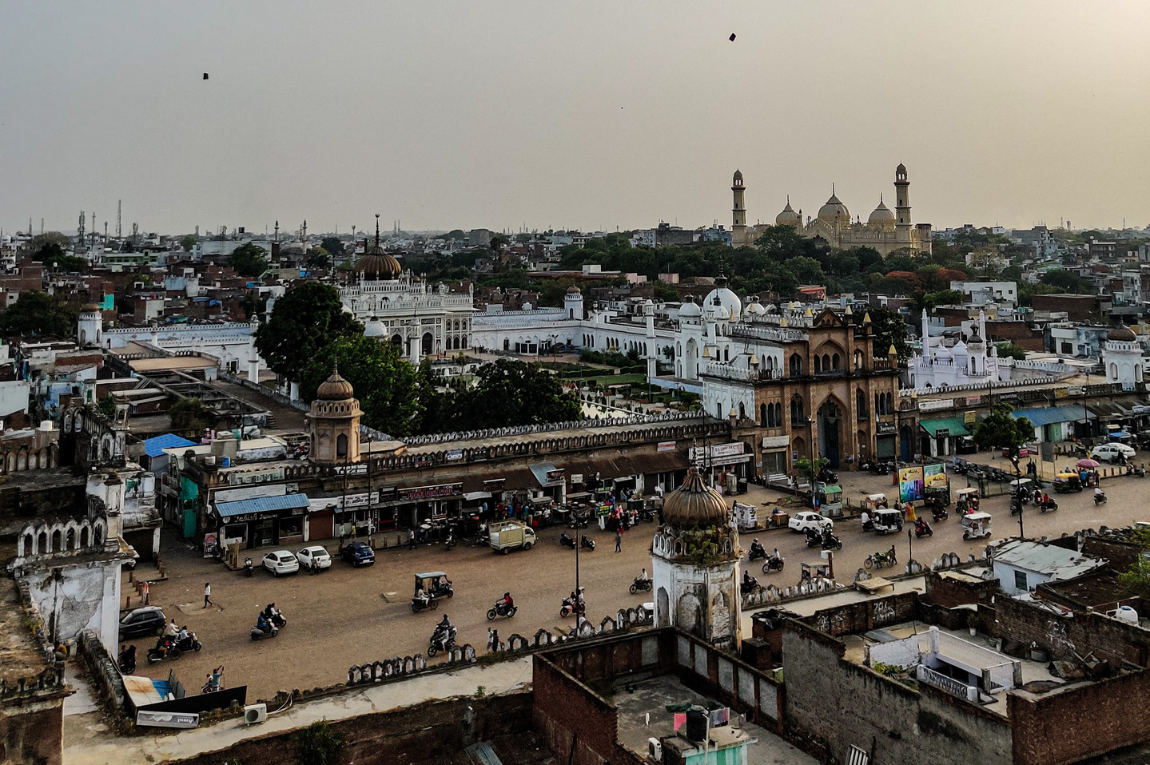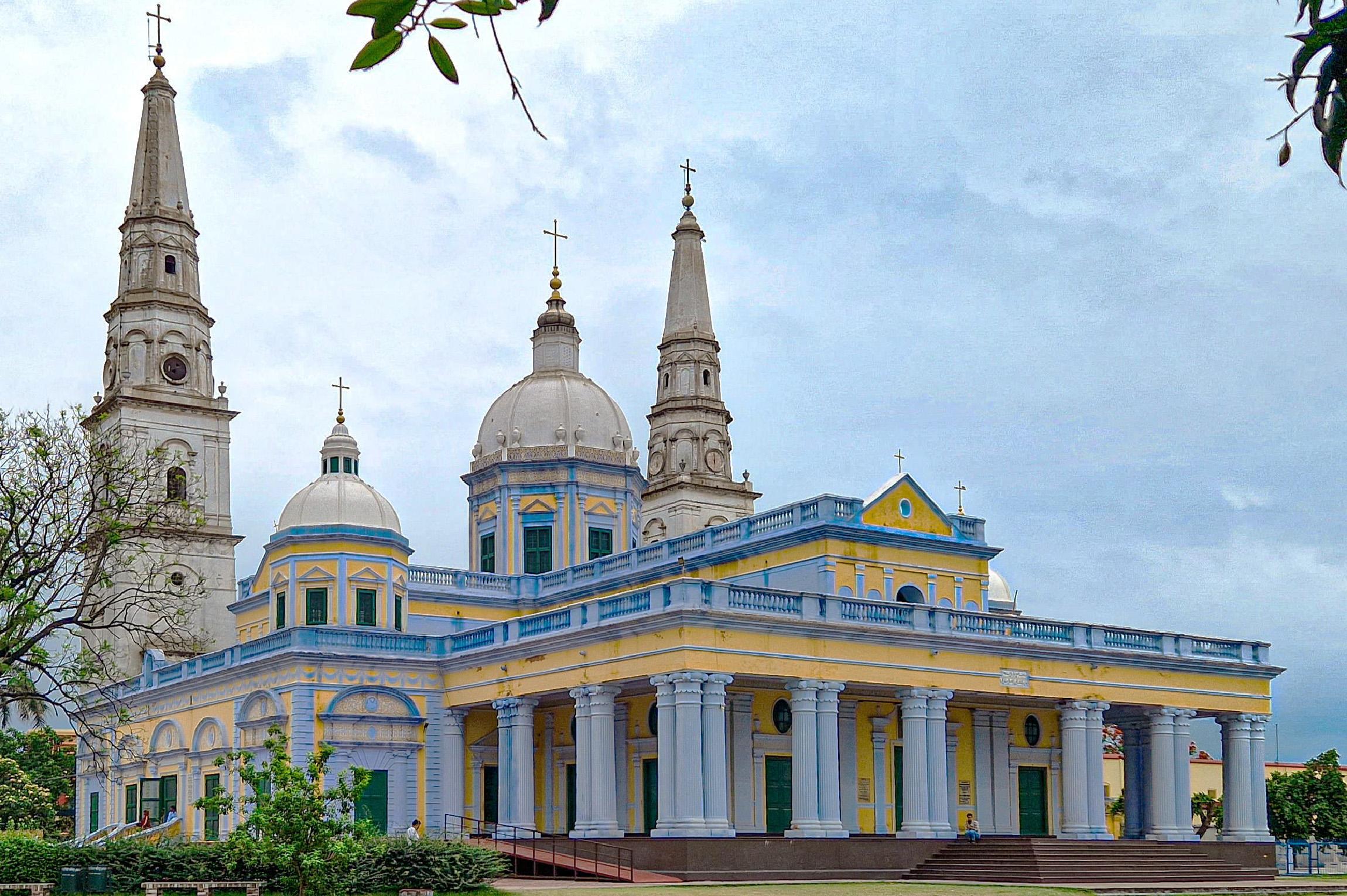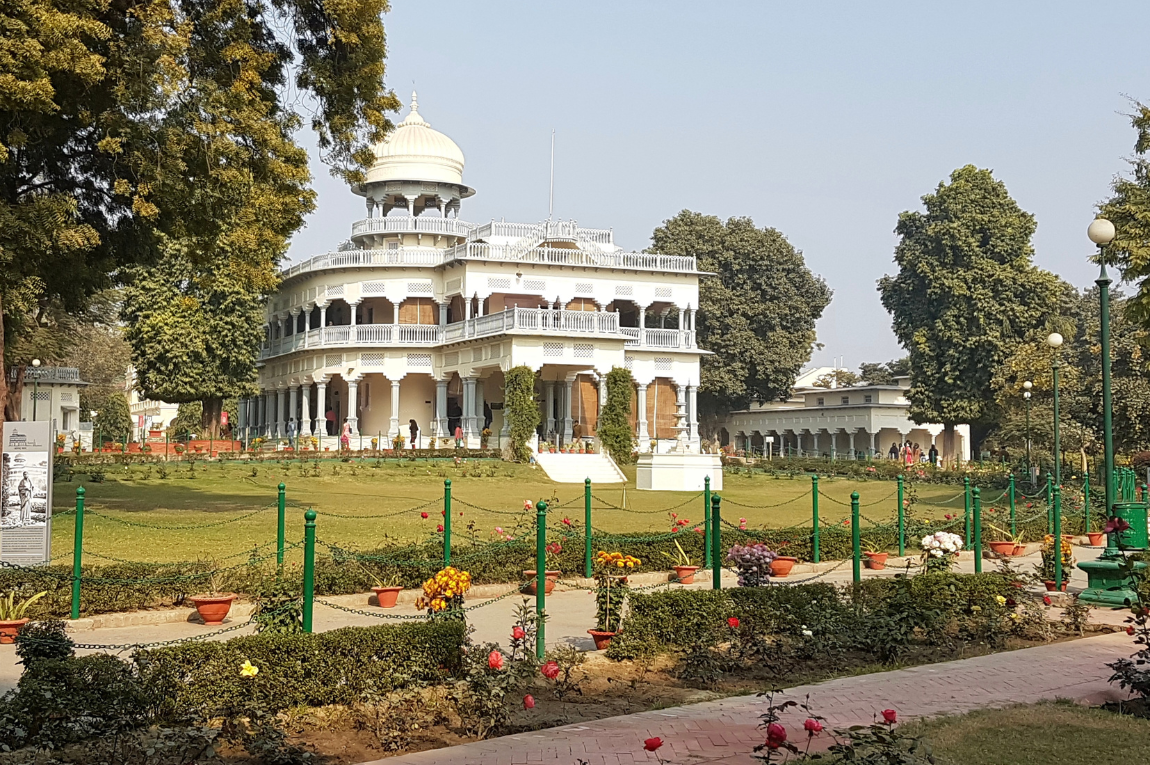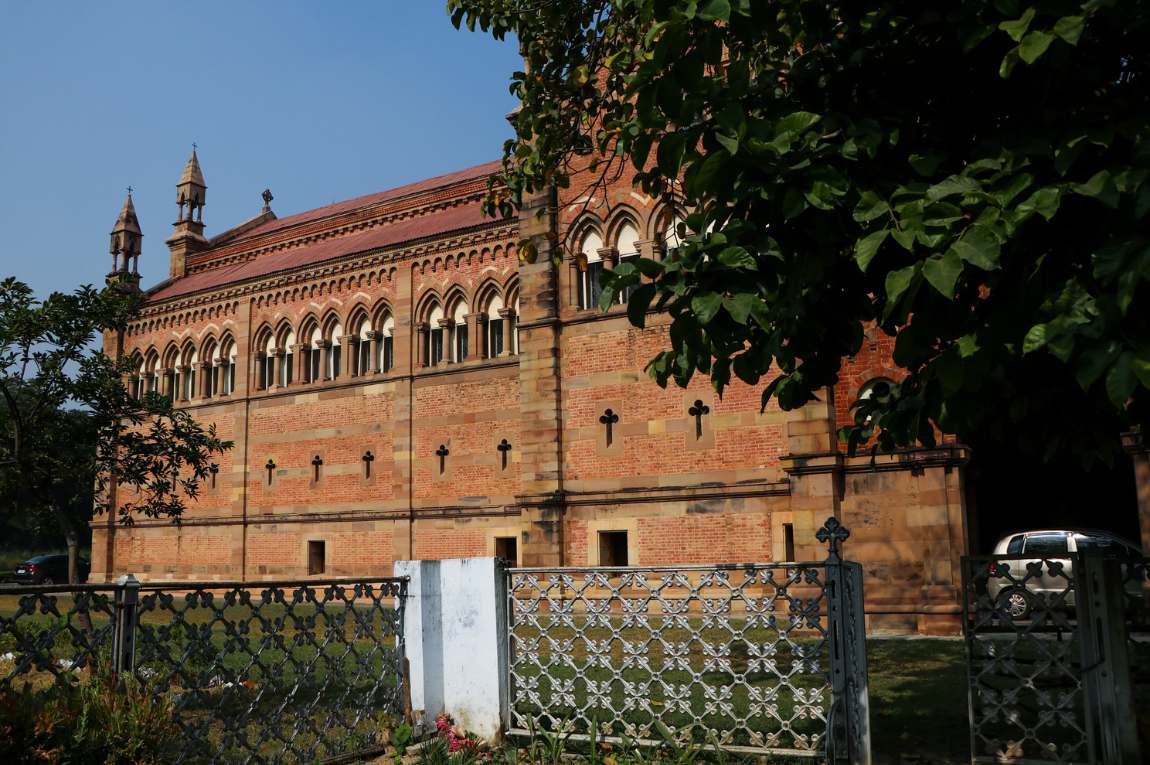I do not recall when I first noticed the domes of old Lucknow. It could have been on a Sunday outing with my uncle, or the rare Lucknow heritage tour with my father, but what I clearly remember is standing on the rooftop of the Bada Imambara, looking at the skyline filled with domes of all shapes and sizes. On one hand were the large, imposing domes of the Asafi Masjid, on the other were the small, white chhatris of King George’s Medical University. To my right was the low metallic dome of the Chhota Imambara, and in the distance were the pristine white domes of Teelay Wali Masjid. It was like the entire skyline had come alive with domes of various colours, shapes and sizes. I had spent years in Lucknow but until that day I had remained oblivious to this sight.
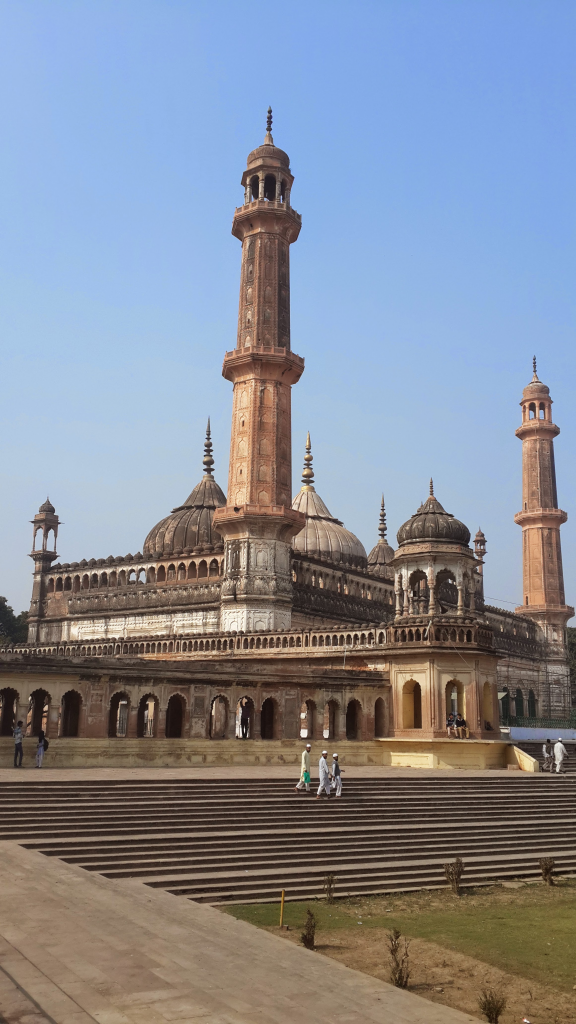
As I grew up, completed school and college (also in a heritage building with a bulbous dome), and eventually moved out of Lucknow, that picture remained etched in my mind. Whenever someone mentioned my home city, the image of a vermillion sky dotted with uncountable domes would come back. When I went back to Lucknow, many years later, the first place I visited was the Bada Imambara. I had to see if my city was still the same — it was. Gazing at the maze of the domes from the Imambara that evening, I felt closer to Lucknow than I had in decades. And so, it became a ritual — travelling to the old city to be among its intricate and elegant domes every time I visited Lucknow.
Often referred to as onion domes, the domes of Lucknow are different from the other domes found in North India and borrow from several architectural styles. The typology, proportions, and design elements in Lakhnavi domes reflect Persian, Greek, French, Neo Classical, Gothic, even Rajputana influences. Teelay Wali Masjid, for example, was built by Aurangzeb and has large wide domes, symbolic of typical Mughal buildings, while the domes at Charbagh Railway Station, built by the British, have balconies and arches and are inspired by the chhatris of Rajasthan. Grandest of them all is Asafi Masjid, which boasts of onion domes with fluid contours, intricate ornamentation, and copper finials like its Persian counterparts. It is believed that the Shaikhzadas — the Indian Muslims who were part of the Mughal nobility — built the first domes here. The Mughals, who took over the region of Awadh during Akbar’s reign, erected Indo-Islamic style domes, and the nawabs, who commissioned finest architects from Europe to make Lucknow the glittering capital it became, brought in the smaller, more intricate domes that were heavily influenced by the West. While most of the earlier domes are lost, nawabi domes still stand tall and strong in Lucknow. Over centuries as the city has evolved, its domes have evolved too and continue to be an irreplaceable part of Lucknow’s architecture, constructed atop every building of significance even today.
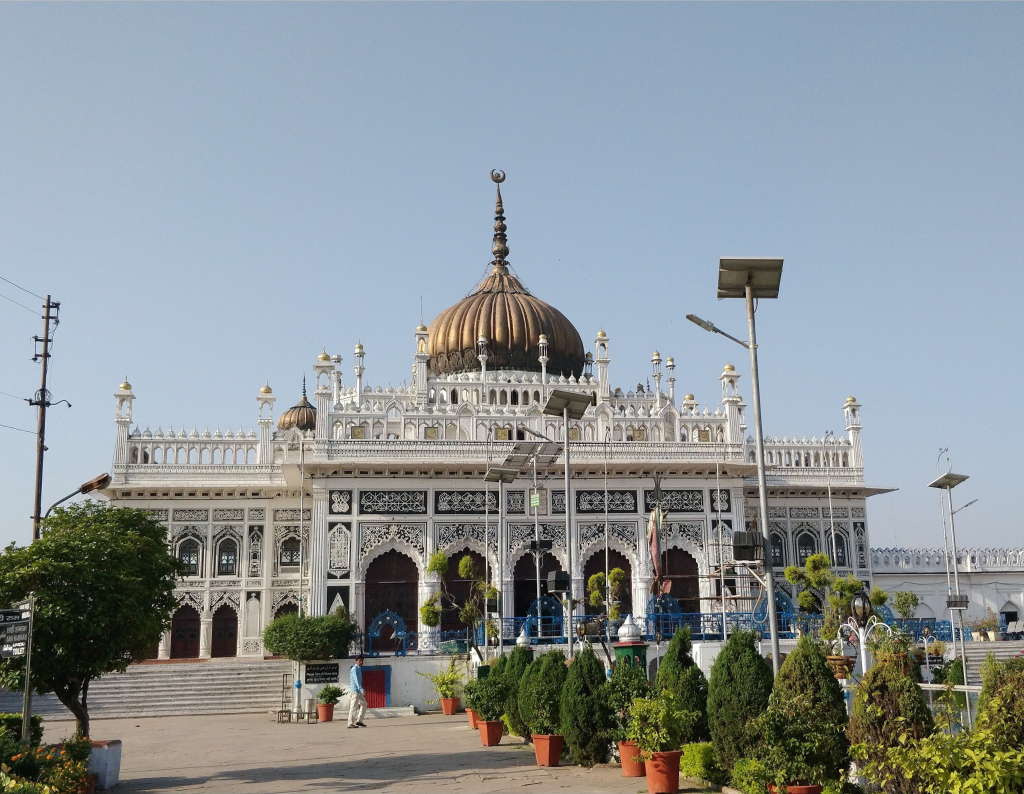
Photograph by Anubhuti Krishna.
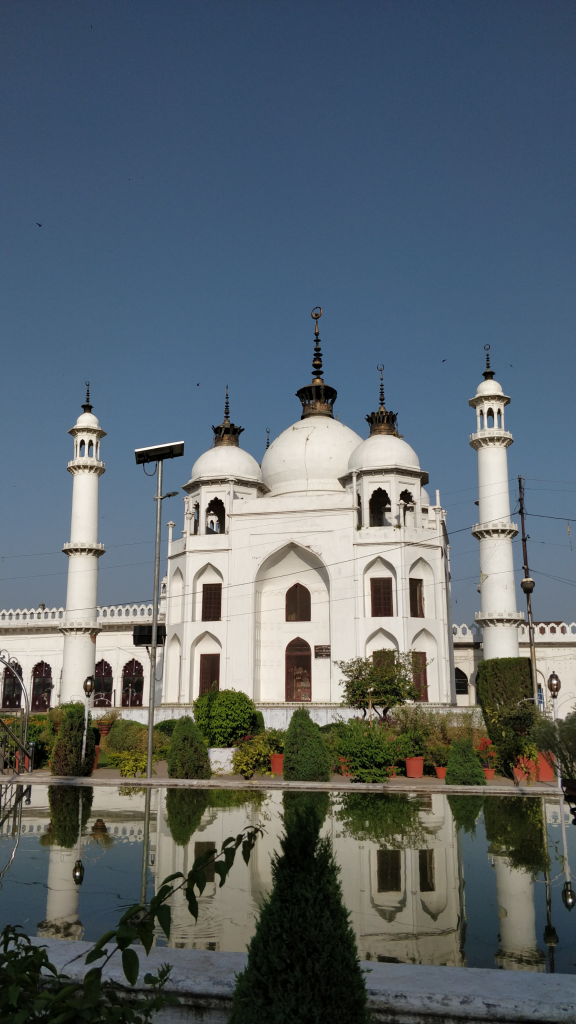
When I stop to notice these domes, I’m struck by their beauty — the delicate curvature, the symmetrical finial, and the exquisite carving. It is easy to see the domes of old Lucknow as aesthetic elements that served the rulers’ desire of building the most beautiful city, but they were also constructed to serve a greater purpose. According to Lucknow-based architect Tauheed Haider, who works closely with the heritage monuments in the city, “Domes kept buildings underneath cool by allowing space for the hot air to rise and escape through ventilators. They also helped sound travel far, a feature essential to places like mosques, imambaras, and palaces where large gatherings took place, and continue to do today.” They may have become mere ornaments in the new buildings that are coming up in the city now, but in reality, domes were, and should be, built for the people, he concludes.
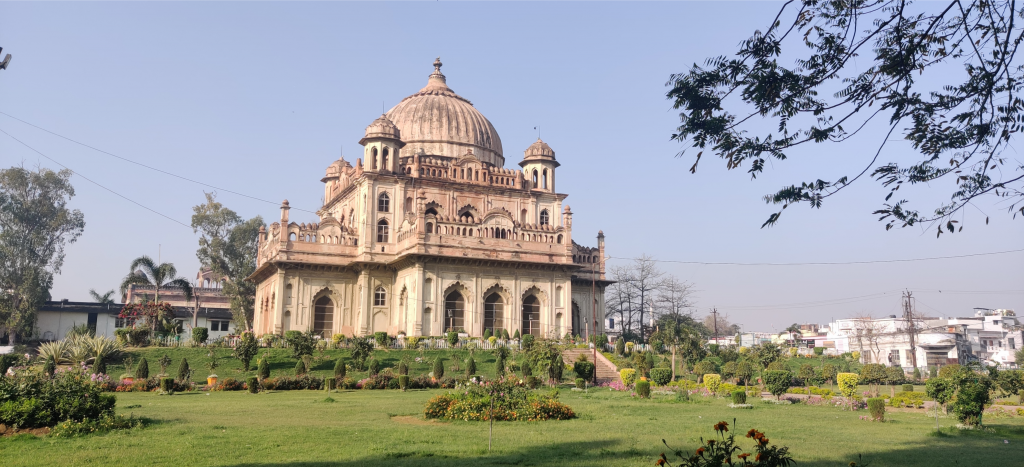
Over the past few years, having spent more time in the old city, I’ve begun to see beyond the beauty of Lucknow’s domes. Every Ramzan, I have seen thousands gather to offer prayers under the large domes of Asafi Masjid. Beneath the cool canopies of the Charbagh Railway Station, I have noticed tired coolies and distressed passengers catching a breath. In the shadows of the Indo-Islamic fluted dome of Saadat Ali Khan’s Maqbara, I have witnessed many love stories coming to life, and I have known many who have met their ultimate fate under the stoic white domes of the King George’s Medical University. But most of all, I have seen how these domes are quite like living, breathing entities themselves, inhabiting the old city, just like its people.
Our selection of stays across India, best visited for their design and style. Check in
Anubhuti Krishna is a writer based in New Delhi. She finds ways to combine her passion for places, spaces and food in her travels. She is on Instagram at @thatgirlinmuddyboots.
